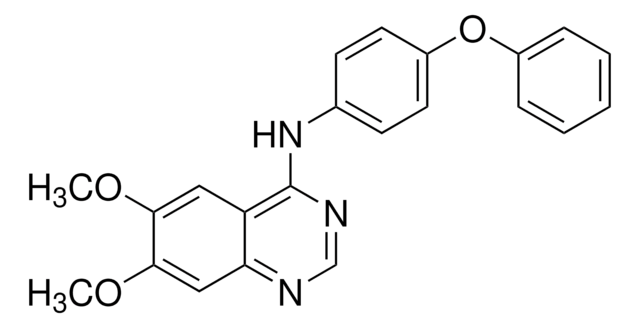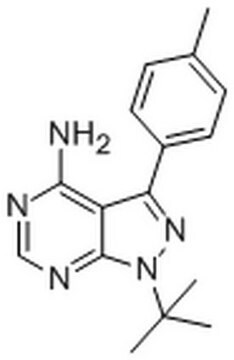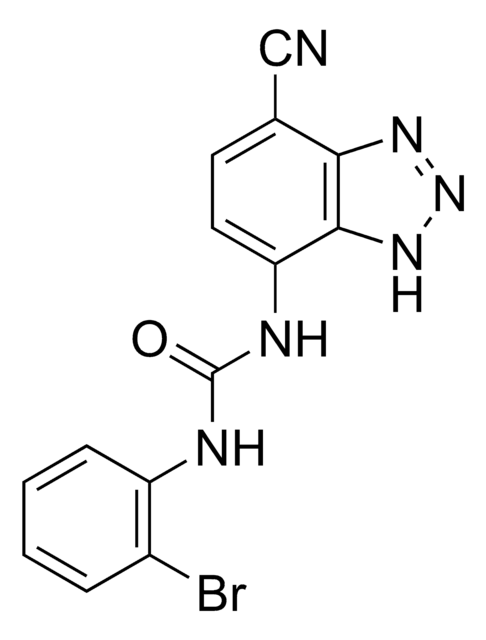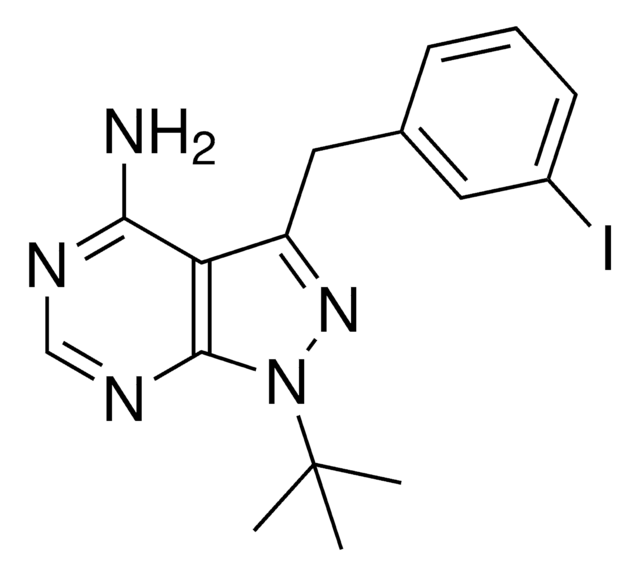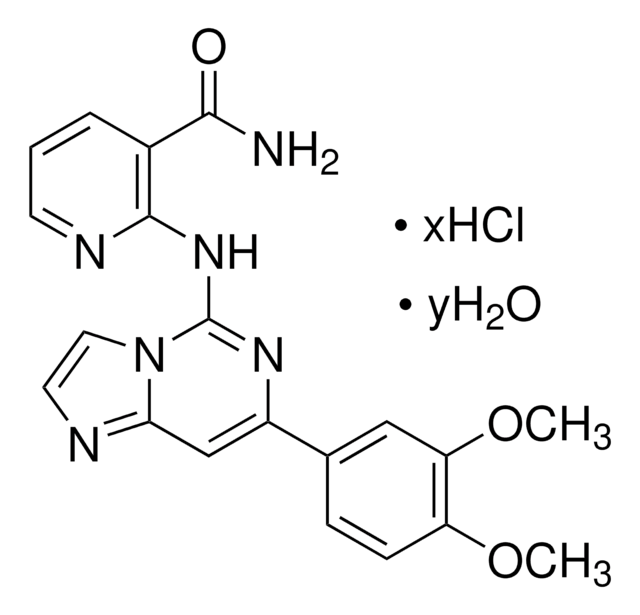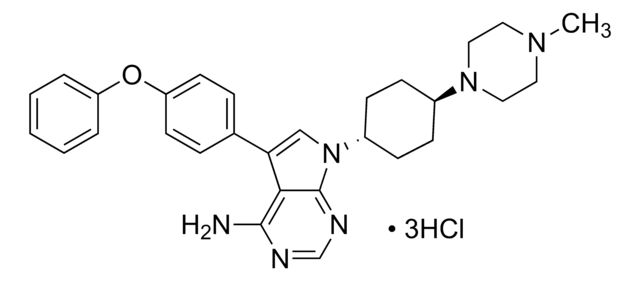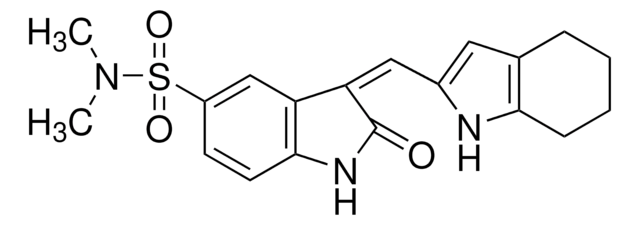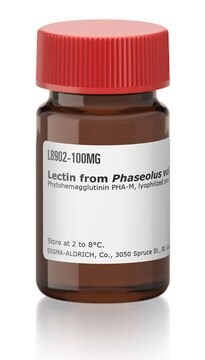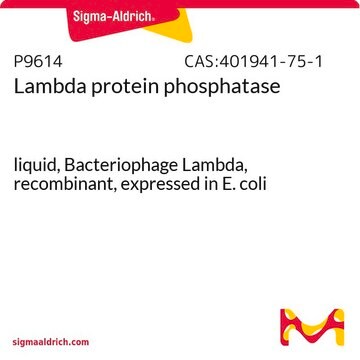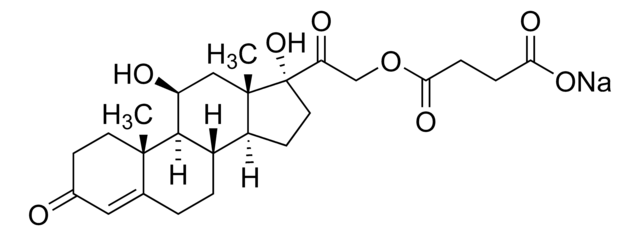P0040
PP1
≥98% (HPLC)
Synonym(e):
4-Amino-5-(methylphenyl)-7-(t-butyl)pyrazolo-(3,4-d)pyrimidine
About This Item
Empfohlene Produkte
Assay
≥98% (HPLC)
Form
powder
Farbe
white to off-white
Löslichkeit
DMSO: >20 mg/mL
Lagertemp.
room temp
SMILES String
Cc1ccc(cc1)-c2nn(c3ncnc(N)c23)C(C)(C)C
InChI
1S/C16H19N5/c1-10-5-7-11(8-6-10)13-12-14(17)18-9-19-15(12)21(20-13)16(2,3)4/h5-9H,1-4H3,(H2,17,18,19)
InChIKey
ZVPDNRVYHLRXLX-UHFFFAOYSA-N
Anwendung
- an inhibitor of sarcoma (Src) family kinases (SFK) like hematopoietic cell kinase (hck) and fyn
- a selective Src tyrosine kinase inhibitor in hippocampal neuronal cultures to test its effect on neurite growth
- a Src-kinase blocker to test its effect on brimonidine (BMD)-induced phosphorylation in extracellular signal-activated kinases(ERK1/2)
Biochem./physiol. Wirkung
Leistungsmerkmale und Vorteile
Lagerklassenschlüssel
11 - Combustible Solids
WGK
WGK 3
Flammpunkt (°F)
Not applicable
Flammpunkt (°C)
Not applicable
Analysenzertifikate (COA)
Suchen Sie nach Analysenzertifikate (COA), indem Sie die Lot-/Chargennummer des Produkts eingeben. Lot- und Chargennummern sind auf dem Produktetikett hinter den Wörtern ‘Lot’ oder ‘Batch’ (Lot oder Charge) zu finden.
Besitzen Sie dieses Produkt bereits?
In der Dokumentenbibliothek finden Sie die Dokumentation zu den Produkten, die Sie kürzlich erworben haben.
Kunden haben sich ebenfalls angesehen
Artikel
Discover Bioactive Small Molecules for Kinase Phosphatase Biology
Unser Team von Wissenschaftlern verfügt über Erfahrung in allen Forschungsbereichen einschließlich Life Science, Materialwissenschaften, chemischer Synthese, Chromatographie, Analytik und vielen mehr..
Setzen Sie sich mit dem technischen Dienst in Verbindung.



